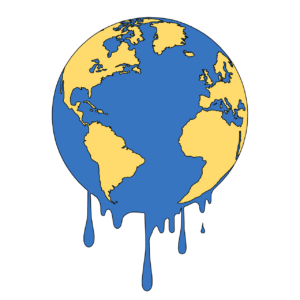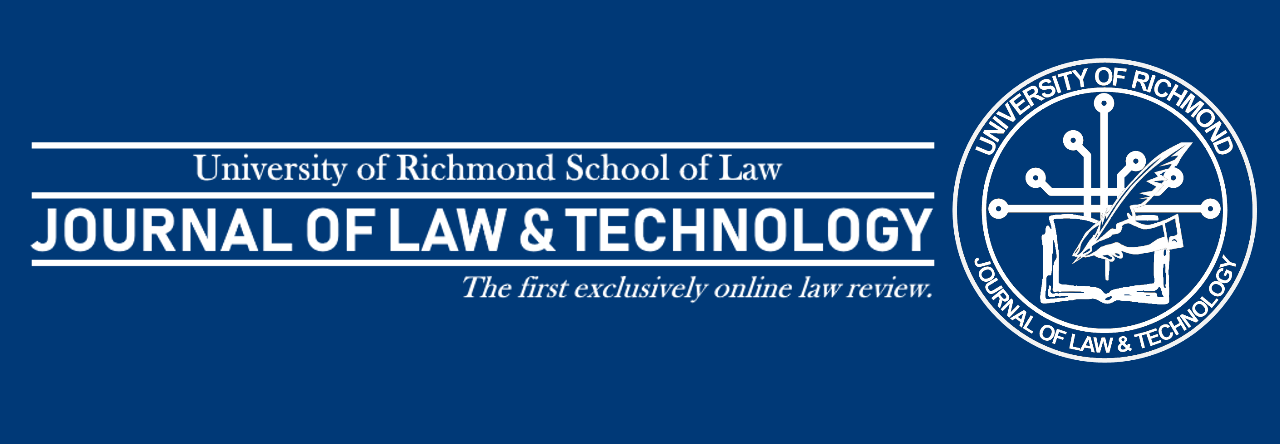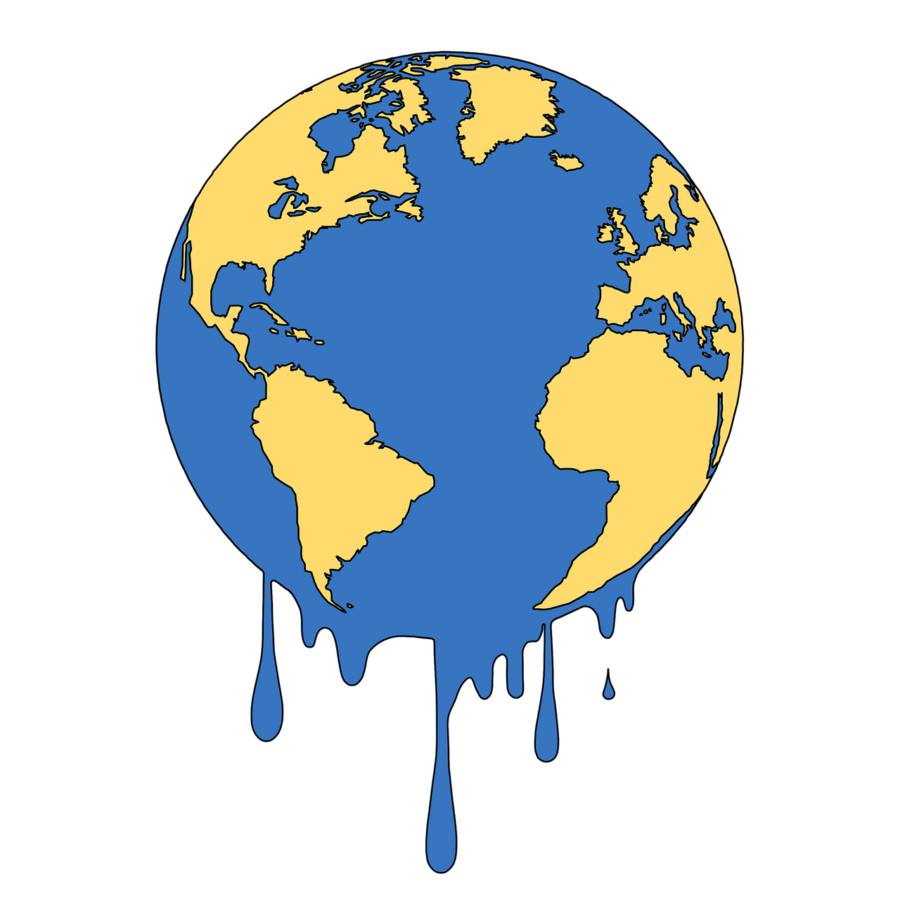The Environmental Crisis: How Social Media is the Turning Point Needed to Drive Change
By: Kaelynn Wallace

Our way of life is deteriorating both our health and the habitability of our planet, yet we remain indifferent.[1] The methods by which our global society produces food, utilizes land and water, travels, consumes energy, and manages a growing population have all contributed to these environmental shifts.[2] Environmental change is alteration of the environment that can be driven by both natural processes and human activities.[3] These changes lead to climate change, pollution, biodiversity loss, and resource depletion.[4] The consequences of these changes can be seen right now.[5] Global temperatures are rising, with the rate of warming accelerating three times as fast as it did in 1982.[6] Nearly the entire global population now lives in areas where the air quality exceeds guidelines, contributing to the premature deaths of 6.7 million people annually.[7] Since 1970, the global wildlife population has declined by an average of 68%, and one million species are currently at risk of extinction.[8] Furthermore, in the past five decades, global resource extraction has tripled.[9]



